Carl Wunsch0521854245, 9780521854245, 9780511221248
Table of contents :
Half-title……Page 3
Title……Page 5
Copyright……Page 6
Dedication……Page 7
Contents……Page 9
Preface……Page 11
Acknowledgements……Page 13
Part I Fundamental machinery……Page 15
1 Introduction……Page 17
1.1 Differential equations……Page 18
1.2 Partial differential equations……Page 21
A tracer box model……Page 24
A tomographic problem……Page 26
A second tracer problem……Page 28
Vibrating string……Page 30
1.4 Importance of the forward model……Page 31
Notes……Page 32
2.2 Matrix and vector algebra……Page 33
Matrices and vectors……Page 34
Gram–Schmidt process……Page 36
2.2.1 Matrix multiplication and identities……Page 37
2.2.2 Linear simultaneous equations……Page 38
2.2.3 Matrix norms……Page 40
2.2.4 Identities: differentiation……Page 41
2.3.1 Probability densities, moments……Page 43
2.3.2 Sample estimates: bias……Page 44
2.3.3 Functions and sums of random variables……Page 46
2.3.4 Multivariable probability densities: correlation……Page 47
2.3.5 Change of variables……Page 50
Vector random processes……Page 53
2.3.6 Sums of random variables……Page 54
Stationarity……Page 56
2.4.1 Basic formulation……Page 57
2.4.2 Weighted and tapered least-squares……Page 66
2.4.3 Underdetermined systems and Lagrange multipliers……Page 72
Lagrange multipliers and adjoints……Page 75
2.4.4 Interpretation of discrete adjoints……Page 82
2.5.1 Simple vector expansions……Page 83
2.5.2 Square-symmetric problem: eigenvalues/eigenvectors……Page 86
The singular vector expansion and singular value decomposition……Page 97
2.5.4 The singular value decomposition……Page 103
2.5.5 Some simple examples: algebraic equations……Page 107
2.5.6 Simple examples: differential and partial differential equations……Page 114
2.5.7 Relation of least-squares to the SVD……Page 116
2.5.9 Row and column scaling……Page 119
Column scaling……Page 122
2.5.10 Solution and observation resolution: data ranking……Page 124
2.5.11 Relation to tapered and weighted least-squares……Page 128
2.5.12 Resolution and variance of tapered solutions……Page 131
2.6.1 Exact constraints……Page 132
2.6.2 Relation to Green functions……Page 138
2.7 Minimum variance estimation and simultaneous equations……Page 139
2.7.1 The fundamental result……Page 140
2.7.2 Linear algebraic equations……Page 143
2.7.3 Testing after the fact……Page 145
2.7.4 Use of basis functions……Page 146
2.7.5 Determining a mean value……Page 147
2.8.1 Least-squares……Page 150
2.8.2 Minimum variance recursive estimates……Page 154
2.9 Summary……Page 157
Appendix 1. Maximum likelihood……Page 159
Appendix 2. Differential operators and Green functions……Page 160
Appendix 3. Recursive least-squares and Gauss-Markov solutions……Page 162
Notes……Page 163
3.1 The general eigenvector/eigenvalue problem……Page 166
3.2 Sampling……Page 169
3.2.1 One-dimensional interpolation……Page 172
3.2.2 Higher-dimensional mapping……Page 175
3.3 Inequality constraints: non-negative least-squares……Page 178
3.4 Linear programming……Page 180
3.5 Empirical orthogonal functions……Page 183
3.6 Kriging and other variants of Gauss-Markov estimation……Page 184
3.7.1 Total least-squares……Page 185
3.7.2 Method of total inversion……Page 186
Notes……Page 190
4.1 Background……Page 192
4.2.1 Models……Page 194
4.2.2 How to find the matrix A(t)……Page 213
4.2.3 Observations and data……Page 216
4.3.1 Model and data consistency……Page 218
4.3.2 The Kalman filter……Page 221
4.3.3 The smoothing problem……Page 231
4.4.1 Lagrange multipliers and adjoints……Page 240
4.4.2 Terminal constraint problem: open-loop control……Page 244
4.4.3 Representers and boundary Green functions……Page 249
4.4.4 The control Riccati equation……Page 253
4.4.5 The initialization problem……Page 254
4.5 Duality and simplification: the steady-state filter and adjoint……Page 255
Controllability……Page 258
Observability……Page 259
4.7.1 The linearized and extended Kalman filter……Page 260
4.7.2 Parameter estimation and adaptive estimation……Page 263
4.7.3 Non-linear adjoint equations: searching for solutions……Page 265
4.7.4 Automatic differentiation, linearization, and sensitivity……Page 267
4.7.5 Approximate methods……Page 273
4.8 Forward models……Page 274
Appendix. Automatic differentiation and adjoints……Page 276
Notes……Page 280
5.1.1 Ensemble methods and particle filters……Page 282
5.2.1 Meteorological assimilation……Page 286
5.2.2 Nudging and objective mapping……Page 287
Steady-state approximation……Page 290
5.2.4 Reduced state methods……Page 293
5.3 Uncertainty in Lagrange multiplier method……Page 295
5.4 Non-normal systems……Page 296
5.4.1 POPs and optimal modes……Page 297
5.5 Adaptive problems……Page 299
Notes……Page 300
Part II Applications……Page 303
6 Applications to steady problems……Page 305
6.1 Steady-state tracer distributions……Page 306
6.2.2 Geostrophy……Page 308
The classical dynamic method……Page 310
6.2.3 Integral version……Page 313
6.2.4 Discrete version……Page 315
6.2.5 A specific example……Page 316
6.2.6 Solution by SVD……Page 320
Controlling the solution……Page 326
6.2.7 Solution by Gauss-Markov estimate……Page 328
6.2.8 Adding further properties……Page 330
6.3 Property fluxes……Page 335
6.4.1 Regional applications……Page 337
6.4.2 The columnar result……Page 344
6.4.3 Global-scale applications……Page 345
6.4.4 Error estimates……Page 348
6.4.5 Finite-difference models……Page 351
6.5 Linear programming solutions……Page 352
6.6.1 The beta-spiral……Page 354
6.7 Alleged failure of inverse methods……Page 357
6.8 Applications of empirical orthogonal functions (EOFs) (singular vectors)……Page 359
6.9 Non-linear problems……Page 361
Notes……Page 364
7 Applications to time-dependent fluid problems……Page 366
7.1 Time-dependent tracers……Page 367
7.2 Global ocean states by Lagrange multiplier methods……Page 368
7.3 Global ocean states by sequential methods……Page 377
7.4 Miscellaneous approximations and applications……Page 380
7.5 Meteorological applications……Page 382
References……Page 383
Index……Page 393
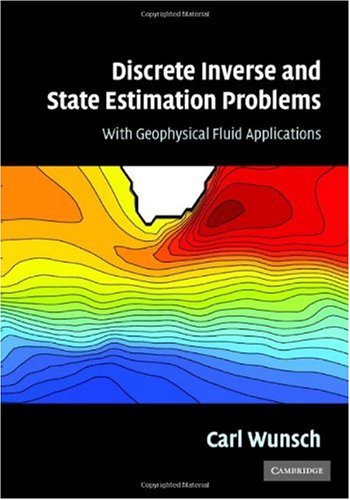
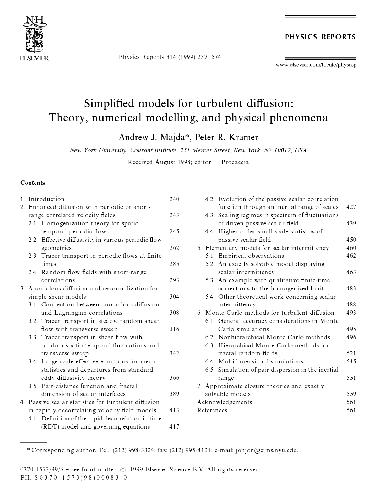
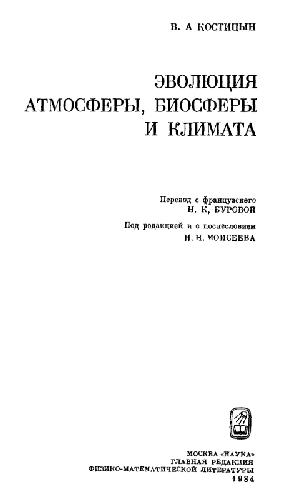

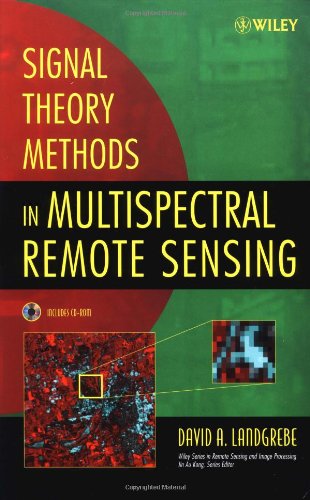
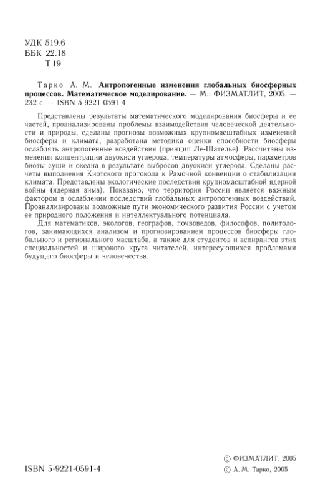

Reviews
There are no reviews yet.